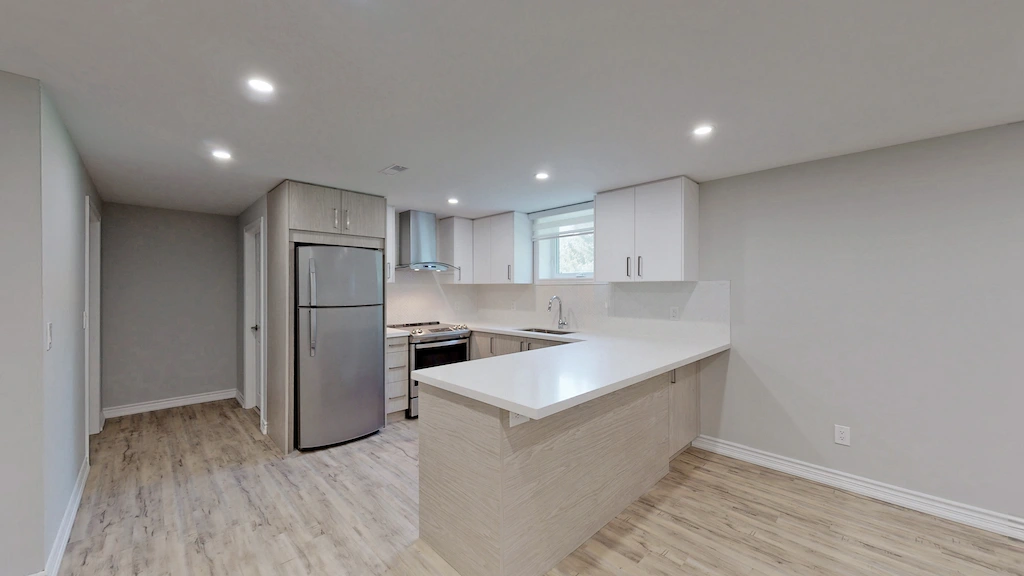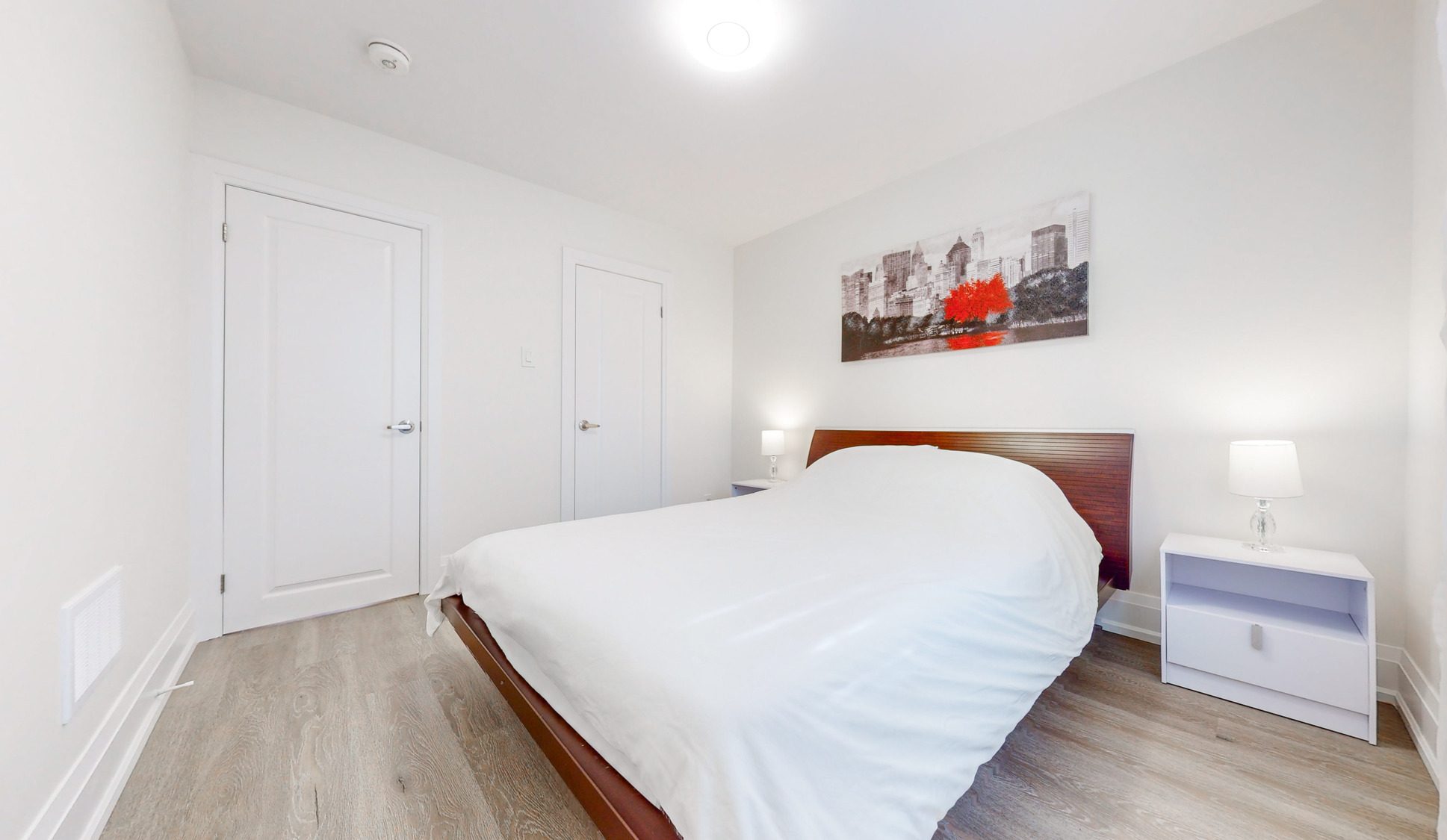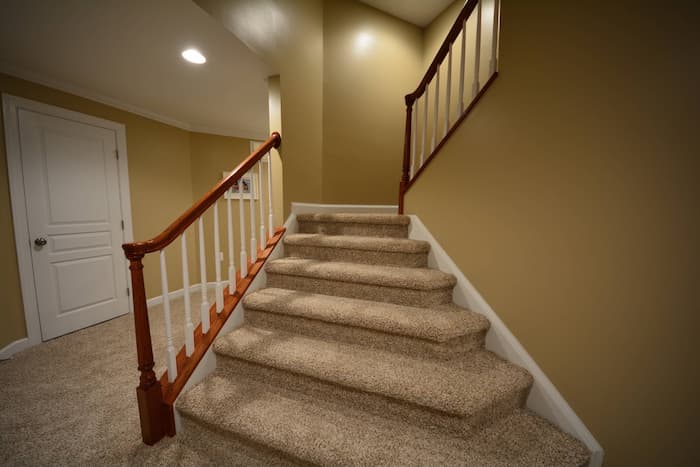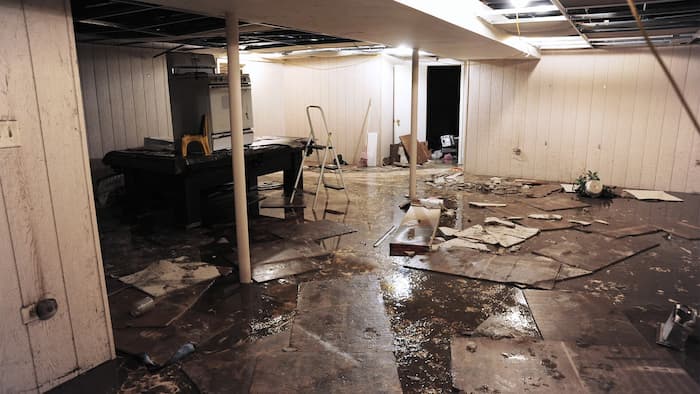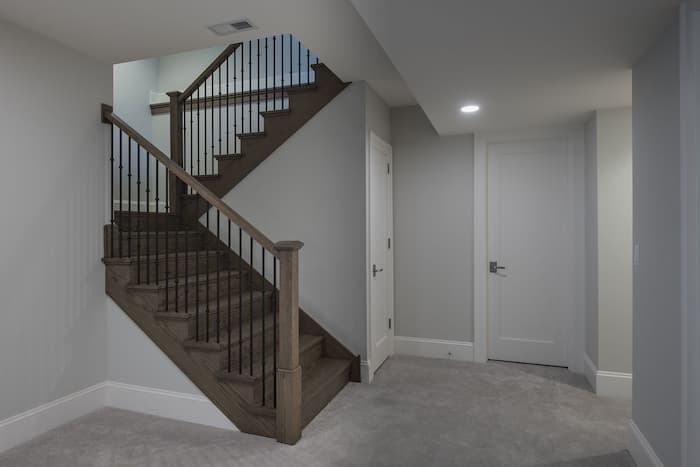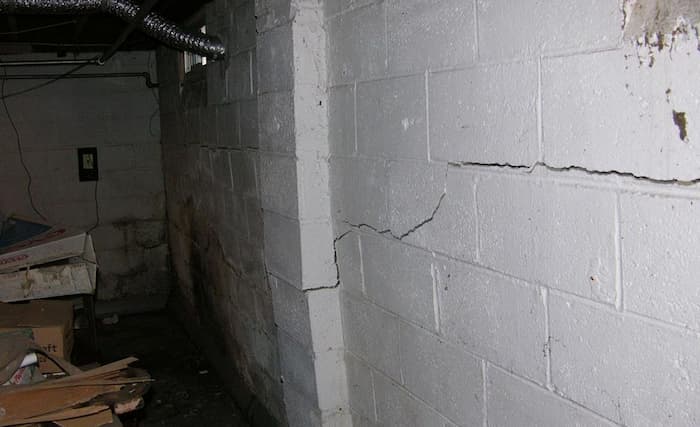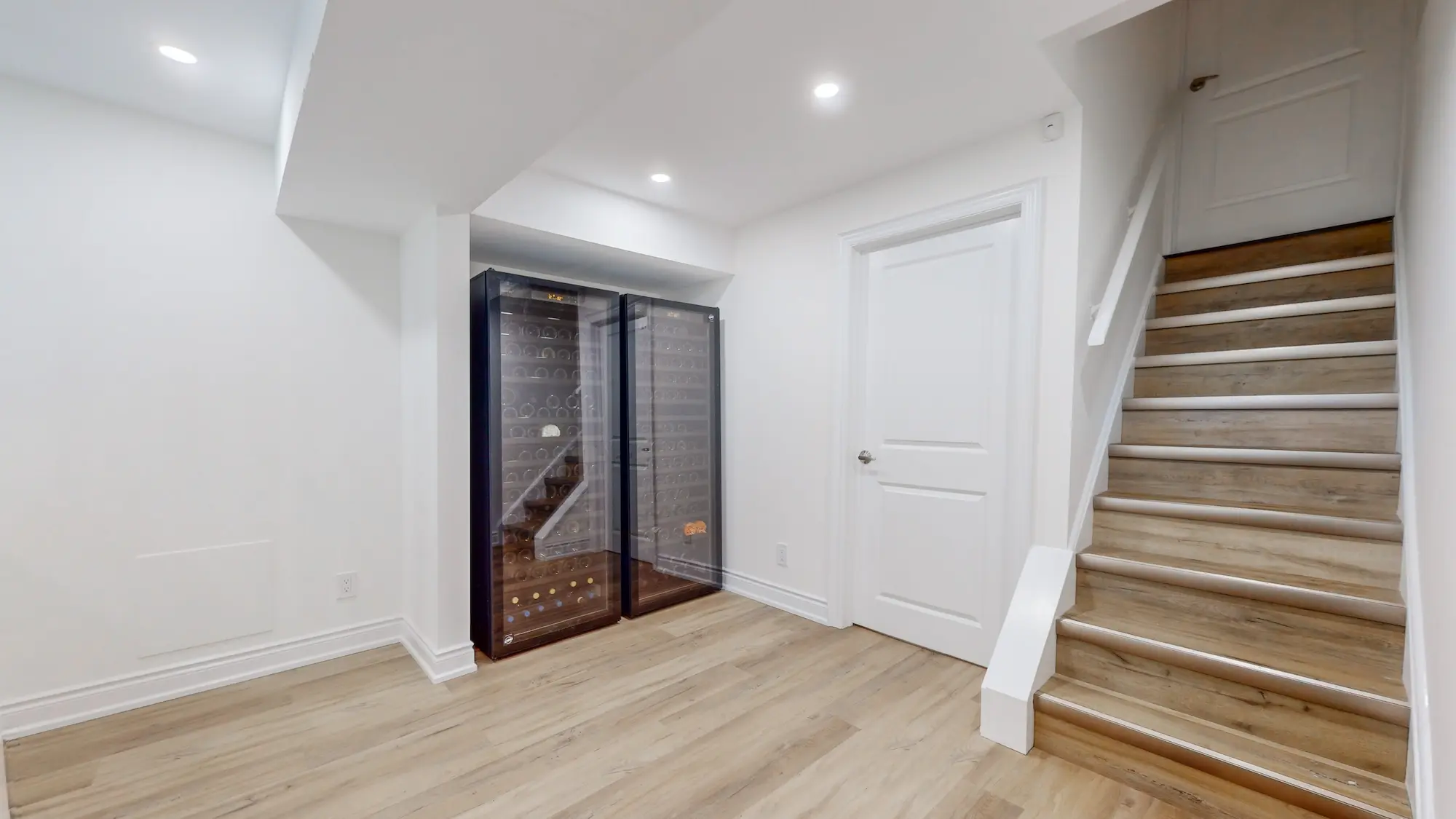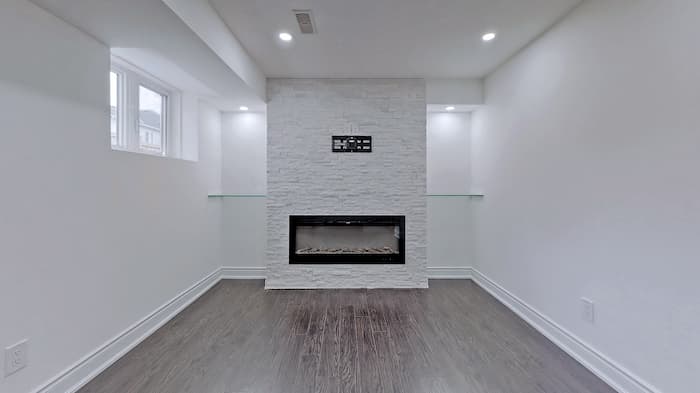Renovation Basement Space
Gone are the days when basements were typically used as utility spaces, housing items like a water heaters, furnaces, or air conditioning systems. Some may view the basement as mere additional storage space for the home, but nowadays, it’s become more common to have a fitted-out basement designed for living space.
The basement is that part of the house from which you can create an exciting and cozy room with proper imagination. And not the last role, in this case, will play the lighting: artificial or natural. Natural light is the most pleasant option. But having a spacious basement with no windows to illuminate the basement with natural light, you do not want to turn it into a dark and uncomfortable dungeon. That is why you should think about installing artificial lighting. Basement rooms belong to a special group of rooms, for which there are peculiarities and rules of installation of wiring and lighting fixtures. When laying lighting in the basement is not worth saving on the purchase of quality lighting, protection and emergency shutdown devices, reliable cables and wiring, as well as their professional installation.
As the owner of CSG Renovation, which is a Toronto-based renovation company, together with my team, we have 10 years plus experience in helping homeowners transform their basements into functional spaces. Among the most requested upgrades is a walkout basement, which opens directly to the outside at ground level through a full-size door.
The reason why walkout basement is highly sought by homeowners in Toronto is that they increase livable square footage of a home, add natural light, and unlock potential for more income generation by allowing for legal rental suites. This blog post will walk you through how to build a walkout basement from your existing home, cover what a walkout basement is, whether it’s possible to add one to your home, the process involved, costs, ROI, and the expected key walkout basement problems and challenges.
Basement humidity is a common issue during Toronto summers because the city has a warm, humid climate. Warm air that comes from outside often carries excess moisture into basement environments that are cooler and tends to condense on pipes, walls, and even floors. Without adequate dehumidification, the moisture builds up quickly, further increasing humidity levels.
Whilst it’s quick to neglect the basement stairs, keep in mind that it’s the initial element everyone sees when they visit the basement. The steps leading to the basement are among the most significant aspects of a finished basement in regards to functionality and configuration, and the styling possibilities are unlimited. With that in thought, these are a few preferred ways to finish your basement stairs.
Basements are the most vulnerable places during floods due to their location below ground level. Although some homeowners leave their basements unfinished, this can increase the risk of water damage, especially in flood-prone areas such as Toronto.
Maybe you just bought a new home or didn’t have the time to finish your basement stairs; whatever the case, the state your stairs are in is no longer acceptable to you.
Don’t worry. It’s common among homeowners to leave this step to be finished later. However, putting it off ’til later can make its design and execution seem like an afterthought. Just because it’s in your basement doesn’t mean no one will ever see it. Read on below if you are in the mood to revamp your basement, starting with its stairs!
A bowed basement wall is usually curved from the outside to the inside. To identify such, look for a bulging wall that forms a convex shape.
A basement wall that is bowing is most probably cracked too. The cracks could be horizontal or vertical. The cracks tend to open up more when it rains and contract during the hot weather.
Floor drains in a basement steer water into the sewage system, preventing flooding. But these fixtures aren’t very visually appealing.
What to do with floor drains in the basement? Many homeowners end up covering their basement floor drains when finishing the floor because of their appearance. They either cover the drains temporarily using temporary caps or permanently using cement.
But is covering a floor drain a good idea? Before deciding on this, continue reading to see the pros and cons of having a floor drain.
An unfinished basement is prone to water damage and can quickly turn ugly and smell funky due to the presence of molds. Also, the unused space can quickly become a harboring ground for pests and rodents.
Finishing the basement is a foolproof strategy that maintains your home in excellent condition. It also provides extra space and helps homeowners monetize.
And the best of all, real estate experts have proved time and again that basements increase your home’s value! No wonder an increasing number of home buyers take a keen interest in houses that boast functional basements.
So, how much value does a finished basement add?




